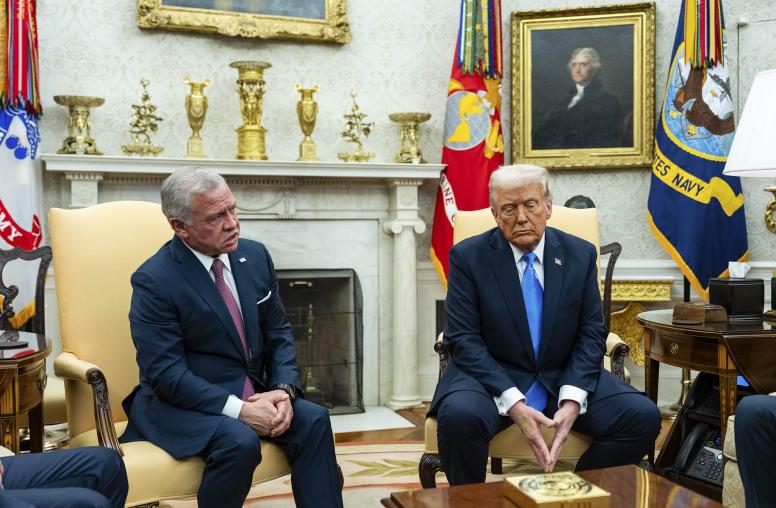Healing the Holy Land: Interreligious Peacebuilding in Israel/Palestine
This publication documents faith-based efforts by Muslim, Jewish, and Christians to achieve a just peace in the Arab/Israeli conflict. The publication argues forcefully that religious leaders and interests must be engaged in the peace process in order to assure a sustainable, inclusive, and comprehensive settlement. The report includes the perspectives of clergy, lay, facilitators of inter-faith dialogue, religious educators, and participants in the historic Alexandria Summit in January 2002, which convened high-level clergy to voice a religious commitment to and strategy for achieving peace in the region.

Healing the Holy Land: Interreligious Peacebuilding in Israel/Palestine
This publication documents faith-based efforts by Muslim, Jewish, and Christians to achieve a just peace in the Arab/Israeli conflict. The publication argues forcefully that religious leaders and interests must be engaged in the peace process in order to assure a sustainable, inclusive, and comprehensive settlement. The report includes the perspectives of clergy, lay, facilitators of inter-faith dialogue, religious educators, and participants in the historic Alexandria Summit in January 2002, which convened high-level clergy to voice a religious commitment to and strategy for achieving peace in the region.



